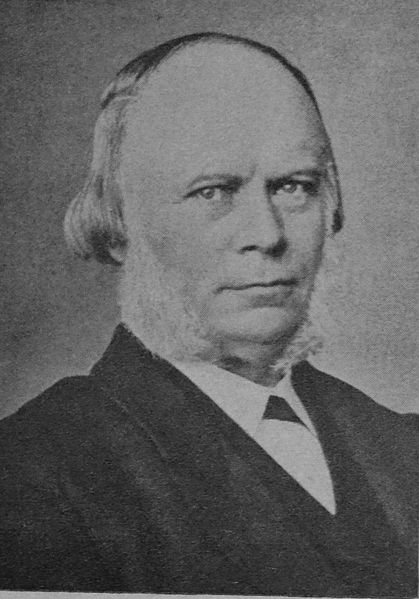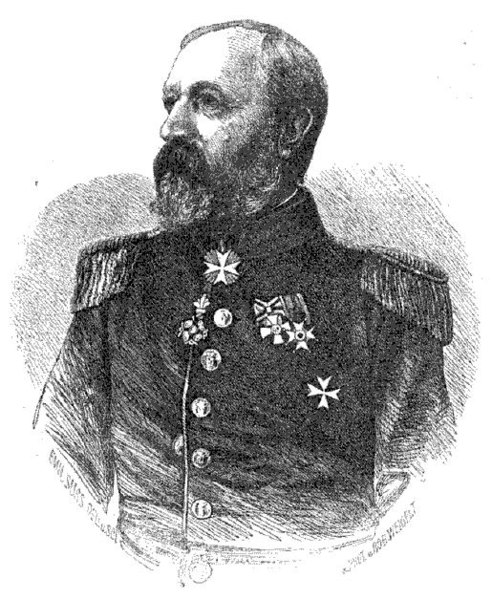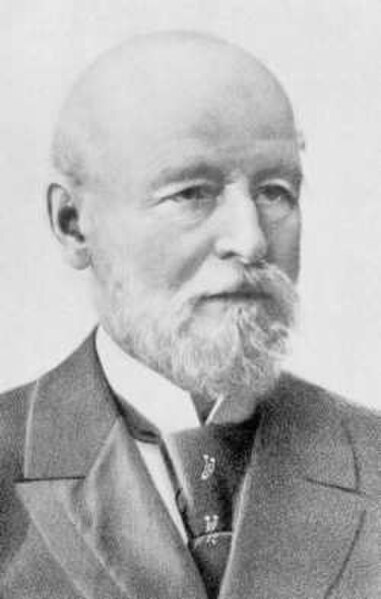The Province of Hesse-Nassau was a province of the Kingdom of Prussia from 1868 to 1918, then a province of the Free State of Prussia until 1944.
Image: Eduard von Moeller
Image: Ludwig von Bodelschwingh
Image: August von ende
Image: Botho Wendt zu Eulenburg
The Free State of Prussia was one of the constituent states of Germany from 1918 to 1947. The successor to the Kingdom of Prussia after the defeat of the German Empire in World War I, it continued to be the dominant state in Germany during the Weimar Republic, as it had been during the empire, even though most of Germany's post-war territorial losses in Europe had come from its lands. It was home to the federal capital Berlin and had 62% of Germany's territory and 61% of its population. Prussia changed from the authoritarian state it had been in the past and became a parliamentary democracy under its 1920 constitution. During the Weimar period it was governed almost entirely by pro-democratic parties and proved more politically stable than the Republic itself. With only brief interruptions, the Social Democratic Party (SPD) provided the Minister President. Its Ministers of the Interior, also from the SPD, pushed republican reform of the administration and police, with the result that Prussia was considered a bulwark of democracy within the Weimar Republic.

Paul Hirsch, Prussian leader of the Majority SPD (MSPD)
SPD poster for the 1919 election to the constitutional Prussian State Assembly. It reads: "Women! Equal rights. Equal obligations. Vote Social Democratic!"
Otto Braun, who became the Free State of Prussia's longest serving Minister President.
Carl Severing








